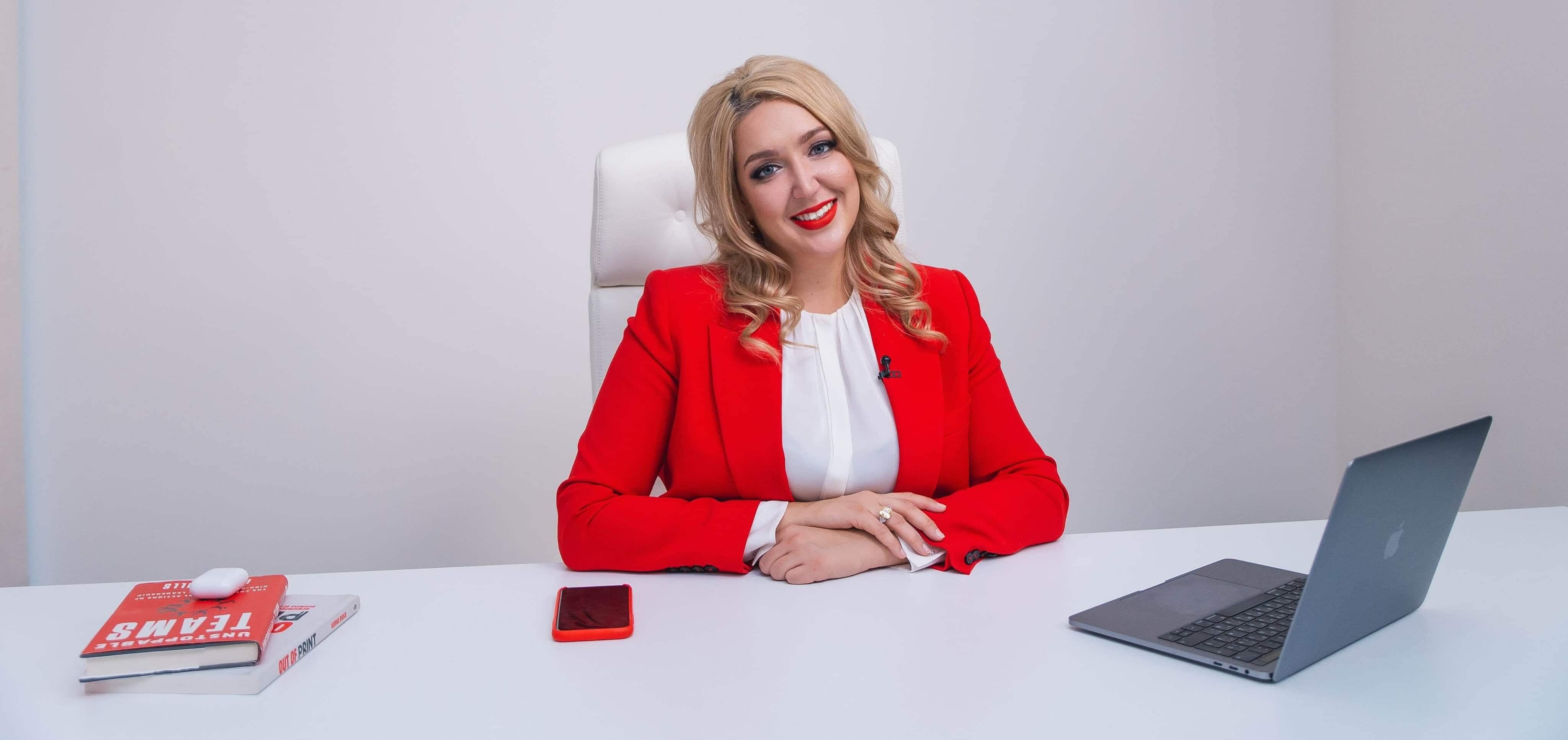The Five Sales Stages for the Development of Sales Managers
Sales milestones, or stages, are a scheme commonly used to train sales managers. The breakdown into stages is needed to make it easier to understand what problems arise and what skills the salesperson needs to improve.

It would be best if you did not try to fit your experience with the customer into this scheme because it is highly likely that the seller will blow the deal. That is why you should only use the technique to analyze the conversation with the customer afterward. You do this to understand any mistakes and how you can achieve better results in the future. To answer this question, you need to break down the sale into stages and analyze them individually.
There are five stages in any sale.
Stage 1: Establishing Contact

Many salespeople consider this stage to be the most important. After all, if the customer feels antipathy towards the seller during the initial stages of getting acquainted, you can forget about sealing the deal.
Consequently, when making a first impression, the customer will analyze the non-verbal signals that the seller sends - how they look, talk, and behave. People rarely admit how much these things impact their first impression, but they do. Therefore, the salesperson must consider the impression they make on customers.
At the point of making contact, the salesperson greets the customer. If the customer wants to take their time and feels chatty, the salesperson can strike up an informal conversation on topics that the potential customer will find interesting.
Step 2. Identifying the customer's needs
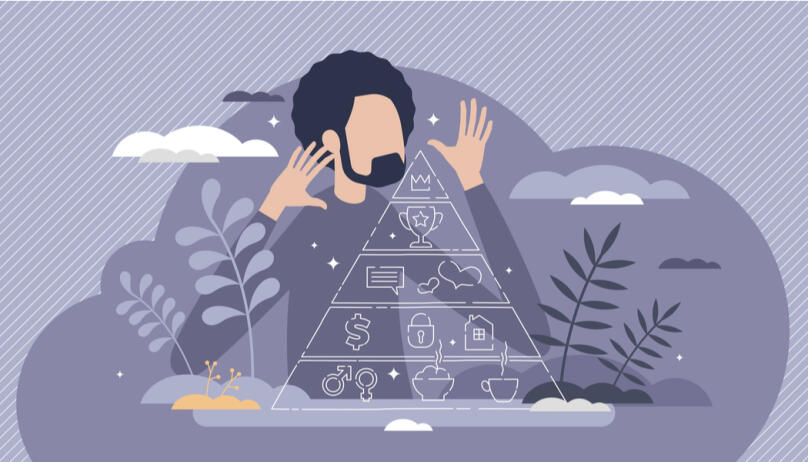
The second stage is also essential to make the sale because you cannot approach the customer and hawk a random product without knowing what they intend to buy. Moreover, you will lose the deal if the seller starts to talk about the company's benefits and the product without first finding out the buyer's needs, what matters to them, and what isn't.
Before the sale, you need to tease out what the potential customer wants to buy and for what? Open-ended questions or questions requiring a detailed answer will help you get as much information as possible. However, the customer isn't always ready for a conversation. In this case, you can use closed questions that only require a "Yes," or "No" reply. Like pulling teeth, closed questions do make it more challenging to extract out helpful information. Still, they are also the only alternative and indispensable if your potential customer isn't in the mood to have a good old chin wag.
Step 3: Product presentation
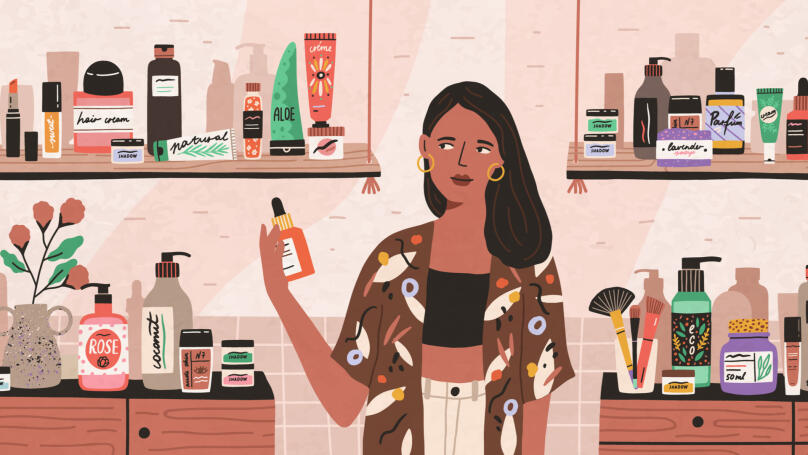
During the presentation stage, the salesperson makes a concrete offer to the potential customer. You should do this based on the information gathered in the second stage: the salesperson has already learned about their targeted customer and proposes a solution that meets their needs.
During the product presentation, the salesperson emphasizes the benefits of the product that are important to the client. It is crucial to adapt to the customer: talk about things that interest them in terms they can relate to.
Wrong. The phone has an IPS (in-plane switching) matrix LCD (Liquid Crystal Display) screen.
Correct. A smartphone has excellent color rendering, so the picture is vivid and lush. It is a pleasure to watch movies on this screen.
Step 4: Dealing with objections

Do not be afraid of objections from the client! That is a natural part of sales. On the contrary, if a potential customer is making objections, they are in the mood for a discussion. It is much worse if a customer won't talk and silently walks away. When someone doesn't engage in conversation and does not raise objections, it is impossible to convince them that it will benefit them to buy your product.
To respond to the customer's objections, you need to go back to the previous steps of working with the customer. Ask questions and be prepared to hear the answers. For example, during such an interview, you may find that you have misunderstood the customer's needs and that the product you have offered does not solve their problem.
The salesperson needs to determine whether they are dealing with a true or false objection. When the customer raises a true objection, they are explicitly stating what they are dissatisfied with. When the objection is false, the client does not state the true reason for their rejection but rather obfuscates behind false or insignificant arguments. In this case, it is crucial to find the real reason and work through it.
An Example. The customer cannot afford the purchase but is too embarrassed to admit it, so they complain about the goods' quality. If the salesperson has guessed the real reason for the objection, they unobtrusively offer the potential customer a budget alternative. In this case, be careful not to offend the customer, and of course, never state outright that you think that the product is too expensive for them, even if it really is.
Step 5: Sealing the deal
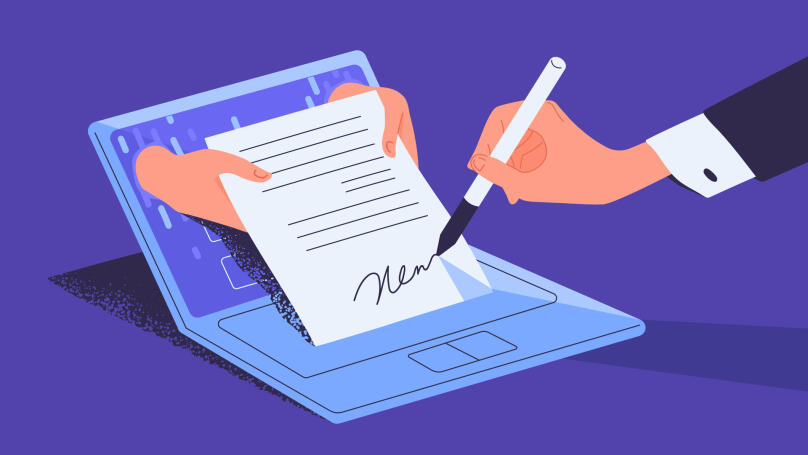
No matter how well the seller conducts the previous stages of the transaction, all their efforts will be in vain if the customer does not end up buying the product. The ideal scenario is for the customer to say they're ready to buy and offer to close the deal themselves. Sadly, however, this is the exception rather than the rule. In the majority of cases, the salesperson has to push the customer to make the purchase. The best ways to do this are:
- Set a deadline. The seller says that the item is on sale now at a reduced price, but the price will increase soon. This trick works best during a sale.
- Talk to the customer about the "next step." For example, "There's no time like the present. If you sign a contract today, you will have the goods delivered tomorrow, and you start using them the day after that!"
- Take a test drive. The customer gets a situation in which they can feel in possession of the product. In other words, when they are driving the car, they are thinking of buying, tastes ice-cream, and so on. After this experience, it is much easier for the customer to decide to buy.
- The illusion of choice. You ask the customer a question that implies a choice but puts the customer in a situation where the seller is coercing the customer to a purchase. For example: Will you pay with cash or a card?
- Triple acceptance. People are inert by nature. The more questions you ask a person answers in the affirmative, the easier it is for them to agree with you further, including answering the question about the purchase in the affirmative.
- Sum up the benefits. If the potential customer is still hesitant to buy, the salesperson can re-cap the benefits important to the customer once again, as a sort of summary of the presentation.
Step 6 (extra). Cross and up-selling
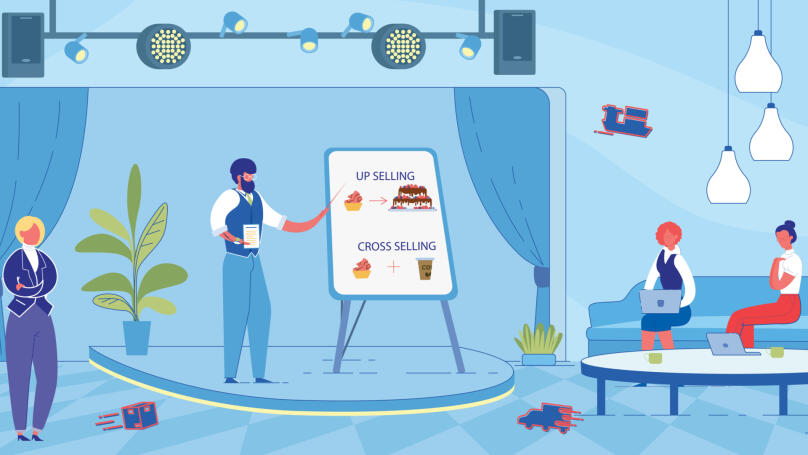
This step is not part of the classic sales system. You don't have to use these sales techniques unless the salesperson plans to increase the customer's final bill. But keep in mind that you should carry out Cross and Up-selling before the customer makes a purchase.
- Cross-selling is the sale of additional goods. Only go to this stage when the seller has worked through all objections and is sure that the customer will definitely buy the original item you've been talking them into buying. Only then can the salesperson recommend complementary products, i.e. the ones that the previous customers took as a set with the first one.
- Up-selling is the sale of a more expensive product. Offer the customer to buy a more expensive product after the salesperson has worked through all objections, and the customer has decided to make a purchase. One word of warning here. If an offer is made before all objections have been removed, there is a high probability that the customer will refuse to buy anything at all.
- Diving the selling process into stages enables you to work better with your salespersons in different situations and hone their skills. However, this alone is not enough. Ideally, you need to organize more detailed training for sellers. Ideally, organize more in-depth training for your salespeople, and online courses are perfect for this purpose. For example, Lectra's course "Incredible Seller. How To Sell Anything to Anyone" will teach you how to sell and make an excellent first impression. You will also learn how to turn any rejection into a deal and quickly identify how to deal with different types of customers successfully.
Share this with your friends via:
Latest News
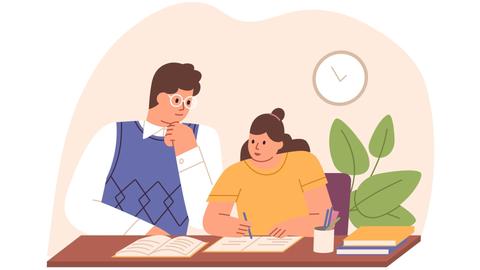
A significant stage in the development of the alternative education system has begun in West Northamptonshire in the UK: the County Council is actively calling on parents, guardians, and trustees to participate in shaping the future of this key area.

Outwoods Primary School in Atherstone, Warwickshire, having experienced deep sadness after the loss of their famous cat, Silla, has found solace in a new pet – a Maine Coon named Aloysius O’Hara.

In modern universities, artificial intelligence, and in particular ChatGPT, is rapidly transforming from a controversial tool into a full-fledged student assistant.

An innovative educational project is gaining momentum in UK primary schools, aiming to change attitudes towards video games.
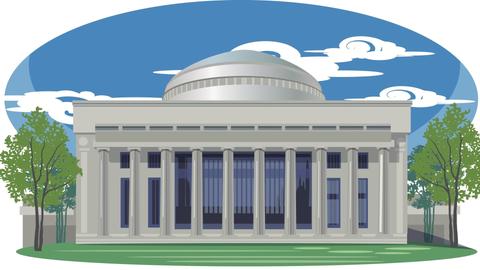
The Massachusetts Institute of Technology (MIT) presents MIT Learn – a revolutionary online platform that opens a “new front door” to access university knowledge and resources.












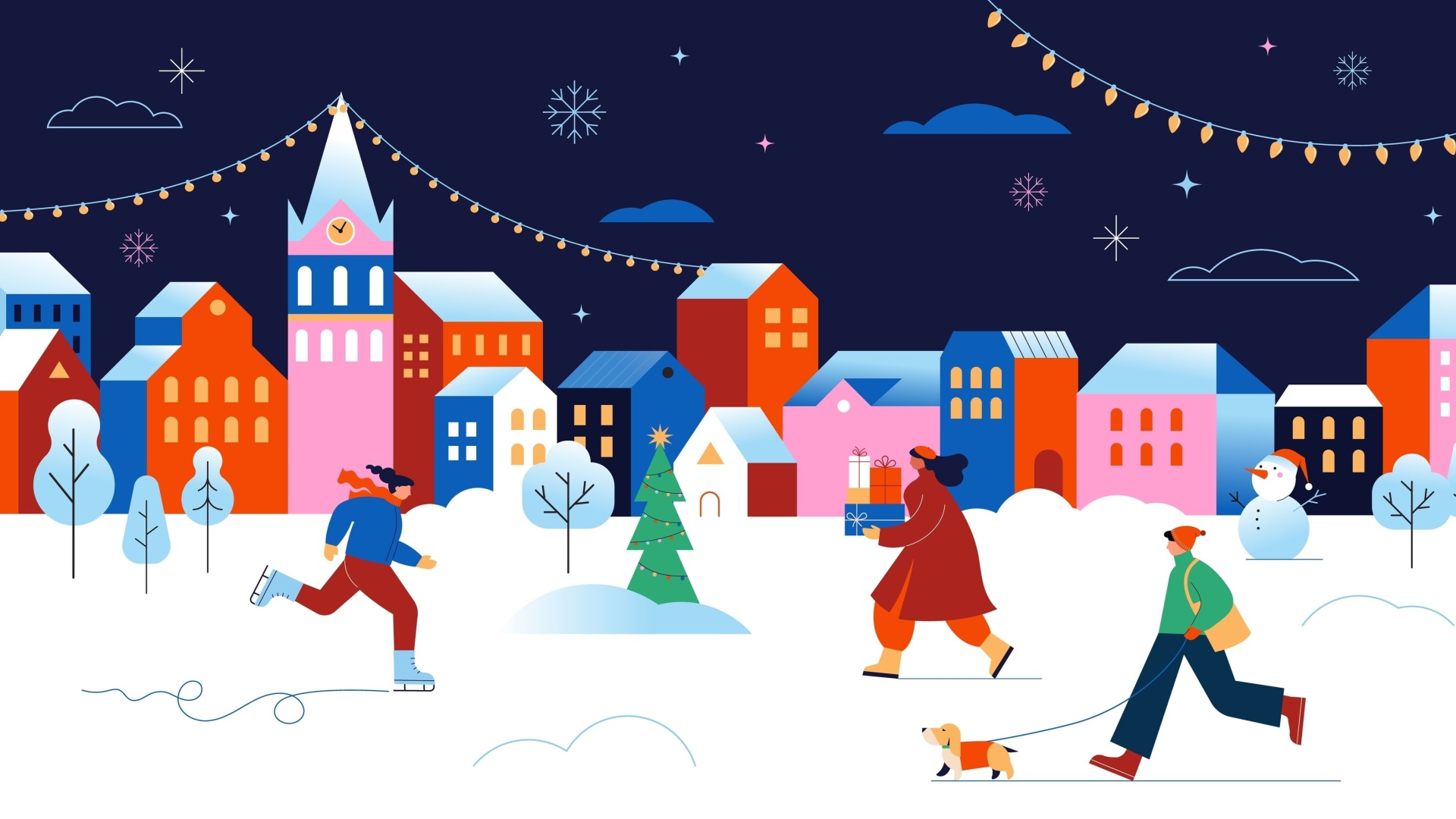 Test. How Should You Spend the Winter Holidays?
Test. How Should You Spend the Winter Holidays?
 How the Christmas Tree Became the Symbol of the New Year: From Pagan Groves to Sparkling Ornaments
How the Christmas Tree Became the Symbol of the New Year: From Pagan Groves to Sparkling Ornaments
 How to Keep New Year’s Resolutions: A Detailed Guide to Real Change
How to Keep New Year’s Resolutions: A Detailed Guide to Real Change
 Test. What Winter Dessert Are You?
Test. What Winter Dessert Are You?
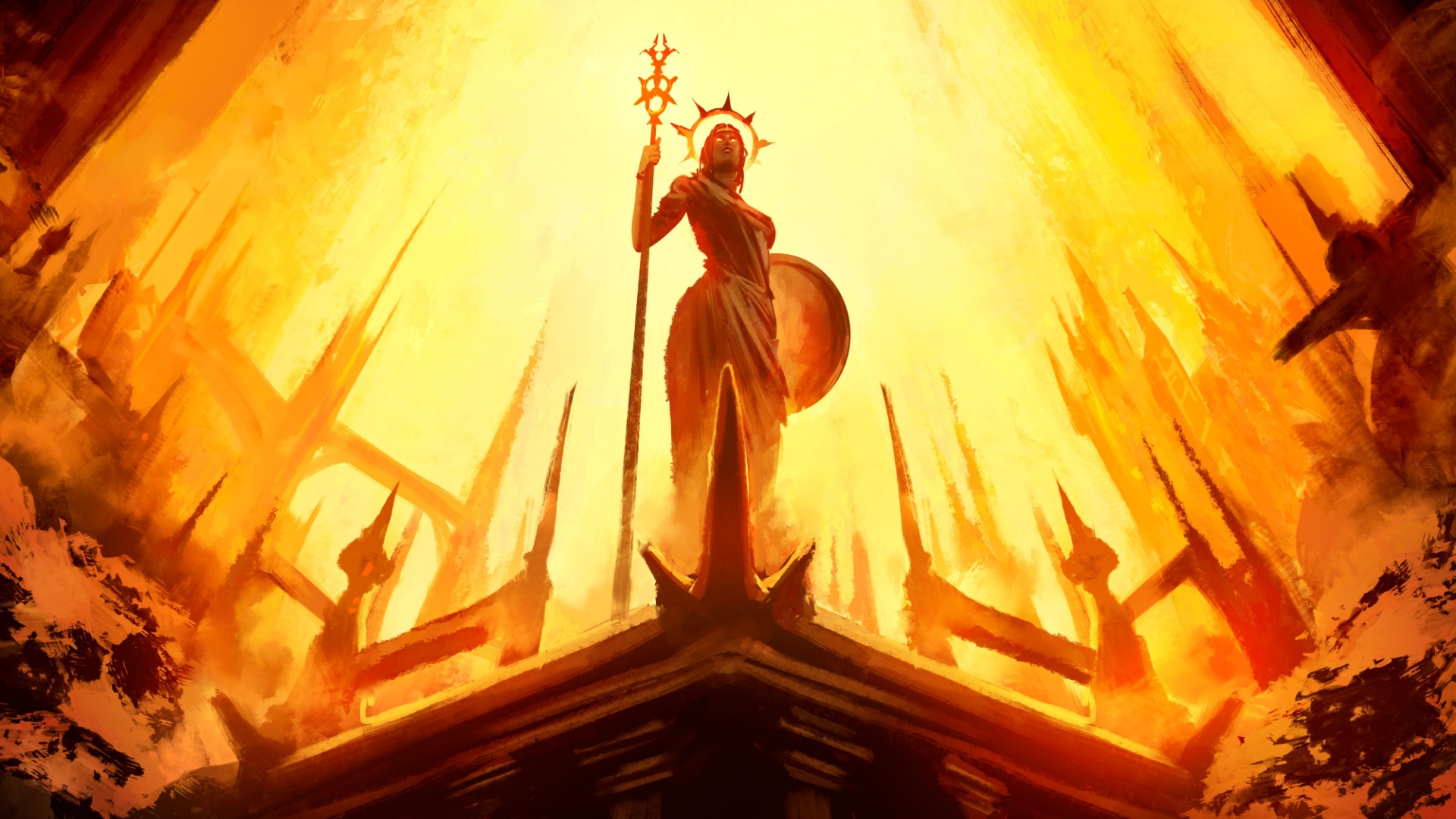 Test: What Kind of Ancient Goddess Are You?
Test: What Kind of Ancient Goddess Are You?
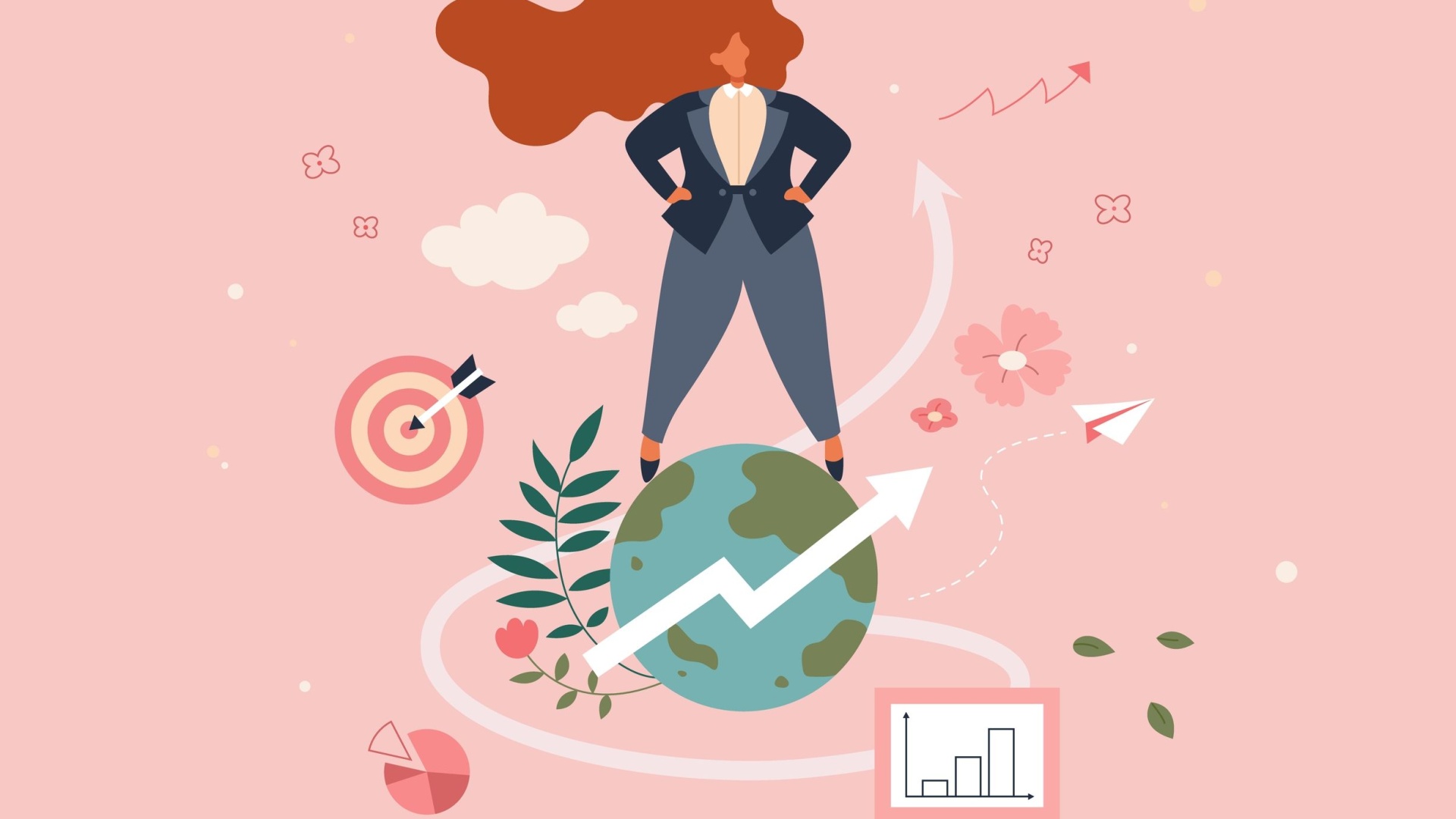 Test: Which Great Woman Would Invite You for Tea?
Test: Which Great Woman Would Invite You for Tea?
